Experts Offer Insights on the Sustainable Use of 50,000 Wild Species
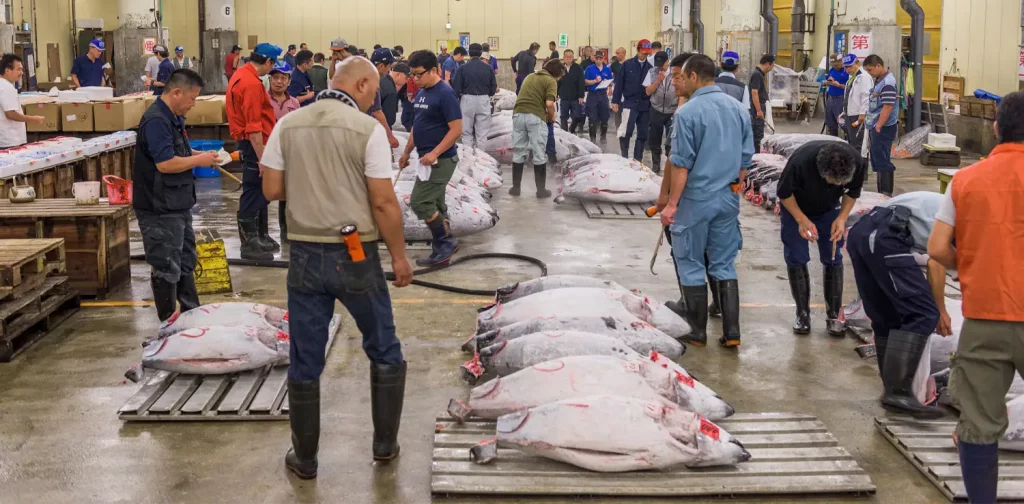
Tsukiji Fish Market | Photo by IPBES
We might balk at the suggestion that we’ve been eating wild animals. Nevertheless, it’s the truth. Humans have been using wild species of animals, plants, fungi, and algae in our daily lives for food, medicines, cosmetics, energy, and many others. Thus, maintaining and protecting biodiversity is crucial to sustainable development for people and the planet.
In a new assessment report by the Intergovernmental Science-Policy Platform on Biodiversity and Ecosystem Services (IPBES), experts share their insights to establish more sustainable use of wild species. This report involved 85 leading experts from the natural and social sciences, holders of Indigenous and local knowledge, and 200 contributing authors.
How We Use Wild Species
According to the report, humans use around 50,000 wild species for different practices, including over 10,000 harvested directly for food. In fact, 70% of the Global South depends on wild species. People around the world use wild species more than we probably realize, such as for trade, tourism, and learning.
“One in five people rely on wild plants, algae, and fungi for their food and income; 2.4 billion rely on fuel wood for cooking; about 90% of the 120 million people working in capture fisheries are supported by small-scale fishing,” said Dr. Marla R. Emery who co-chaired the assessment.
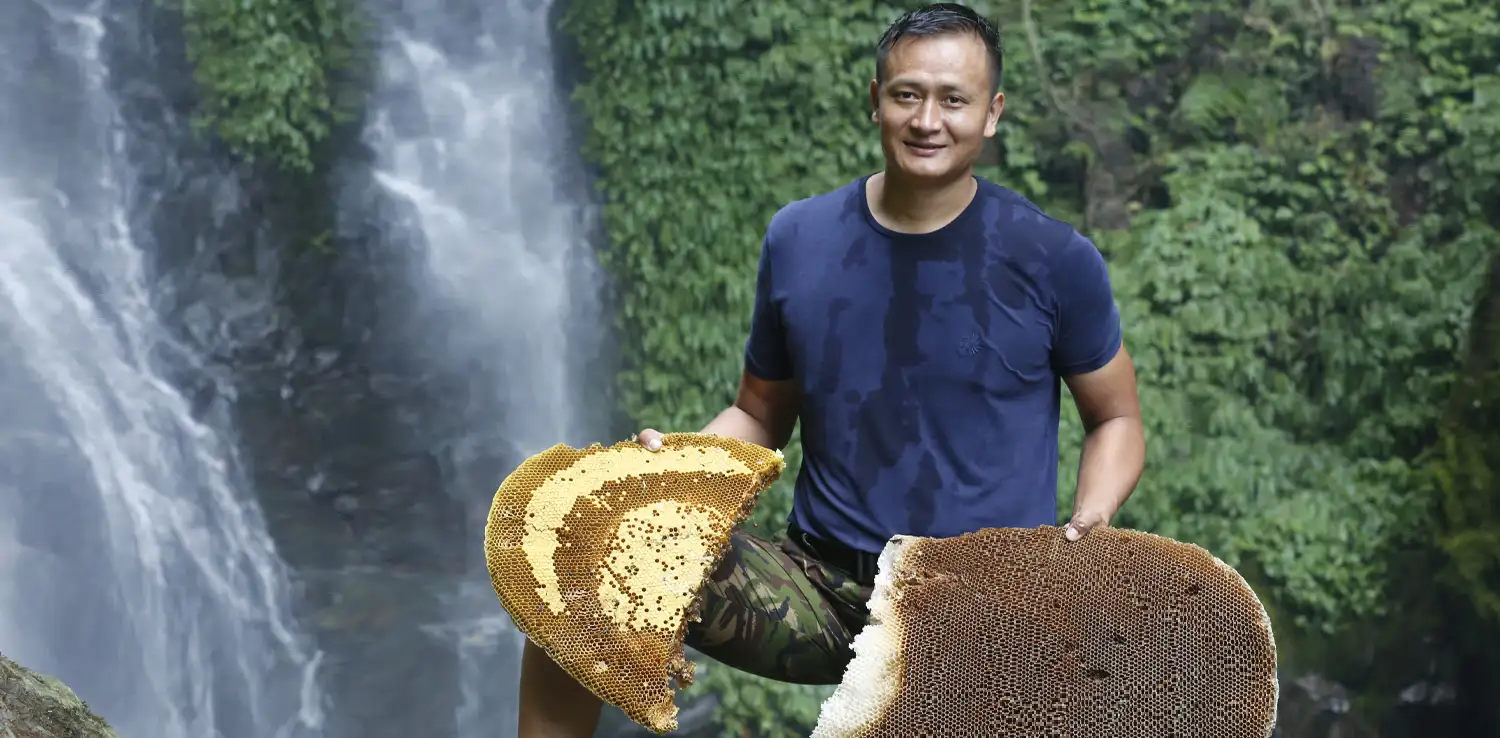
The report identifies five broad categories of practices in wild species use: fishing, gathering, logging, terrestrial animal harvesting (including hunting), and non-extractive practices. In most cases, the use of wild species has increased.
Global trade – legal and illegal – contributes to this increase significantly. However, without effective regulation across supply chains, it increases pressures on wild species, leading to unsustainable use and even collapse. The report finds that unsustainable logging threatens the survival of about 12% of wild tree species, and unsustainable hunting is a threat to 1,341 wild mammal species.
Sustainable Use of Wild Species
Sustainable use means maintaining biodiversity and ecosystem while using them to contribute to human well-being. The report offers seven key elements decision-makers could use to promote sustainable use of wild species:
- Policy options that are inclusive and participatory
- Policy options that recognize and support multiple forms of knowledge
- Policy instruments & tools that ensure fair & equitable distribution of costs & benefits
- Context-specific policies
- Monitoring of wild species and practices
- Policy instruments that are aligned at international, national, regional, and local levels; maintain coherence & consistency with international obligations & take into account customary rules and norms
- Robust institutions, including customary institutions
Indigenous Peoples’ Roles
Furthermore, the report also explores how Indigenous peoples and local communities ‘use’ wild species. Indigenous peoples manage wild species uses on about 40% of conserved terrestrial areas in 87 countries with extensive knowledge, practices, and beliefs about wild species.
Emery said, “These practices and cultures are diverse, but there are common values, including the obligation to engage nature with respect, reciprocate for what is taken, avoid waste, manage harvests, and ensure the fair and equitable distribution of benefits from wild species for community well-being.”
The assessment reveals that policies that support Indigenous peoples’ secure tenure rights and equitable access to land, fisheries, and forests create conditions that enable sustainable use of wild species.
“Most national frameworks and international agreements largely continue to emphasize ecological and some social considerations, including economic and governance issues – while cultural contexts receive little attention,” she added.
Future Scenarios, Challenges, and Actions
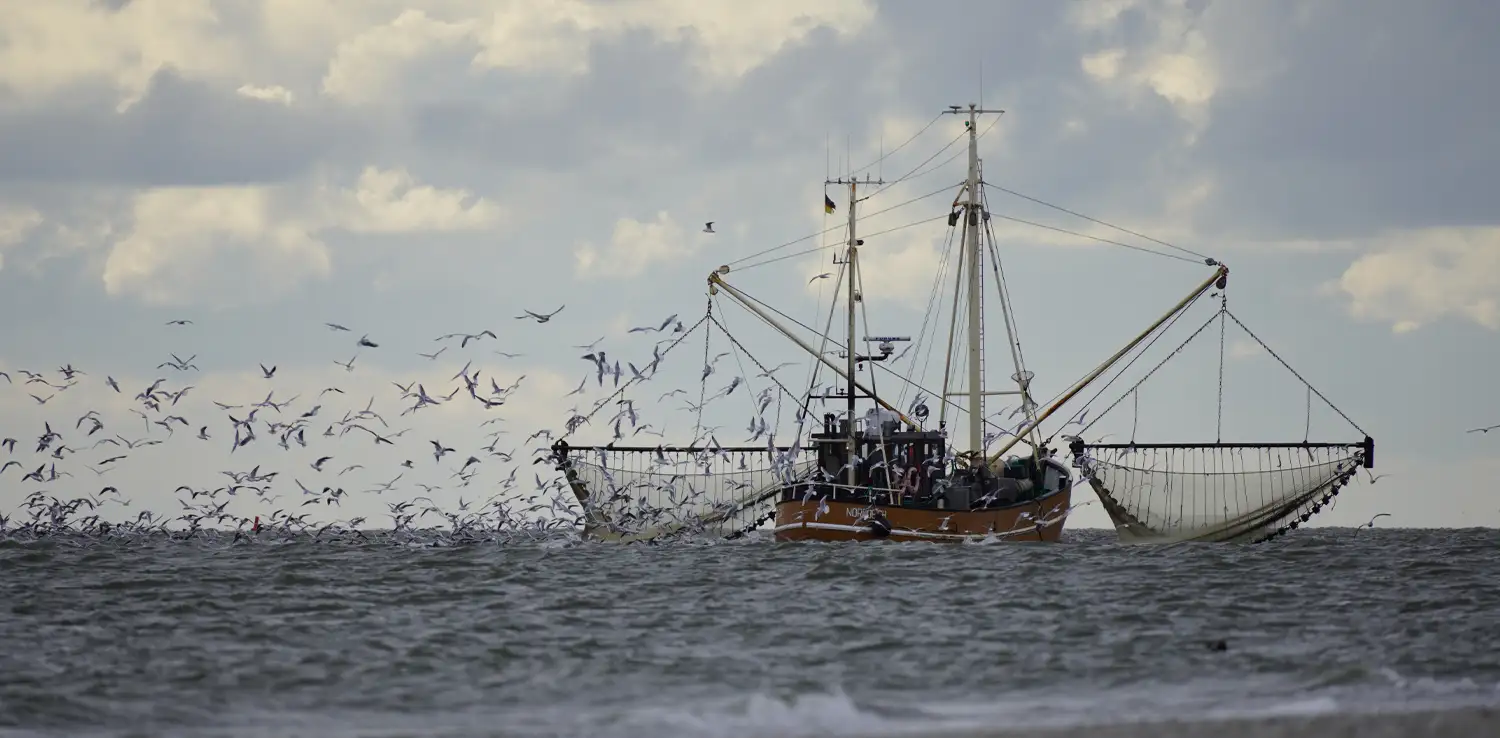
Finally, the report offers a range of possible future scenarios for the use of wild species. The challenges include climate change, increasing demand, and technological advances that might make extractive practices more efficient. Then, actions to mitigate or respond to these challenges are identified for each category of wild species use.
For most, the sustainable use of wild species requires these characteristics:
- Integration of plural value systems
- Equitable distribution of costs and benefits
- Changes in social values
- Cultural norms and preferences
- Effective institutions and governance systems.
In short, decision-makers around the world must be ready with ambitious goals, policies that offer dynamic and adaptive management, and a shared vision in human-nature relationships to achieve more sustainable use of wild species.
This assessment report will inform decisions about trade in wild species at the 19th World Wildlife Conference in Panama in November. It will also influence how the Convention on Biological Diversity will forge a new global biodiversity framework for the next decade.
Executive Secretary of IPBES Dr. Anne Larigauderie said, “The findings about the untapped potential of the sustainable use of wild species contribute even more to many of the Sustainable Development Goals.”
Read the Summary for Policymakers of the report here. The full six-chapter Assessment Report on the Sustainable Use of Wild Species will be published later this year.
Nazalea Kusuma
Naz adalah Manajer Publikasi Digital Internasional di Green Network Asia. Ia pernah belajar Ilmu Perencanaan Wilayah dan Kota dan tinggal di beberapa kota di Asia Tenggara. Pengalaman pribadi ini memperkaya persepektifnya akan masyarakat dan budaya yang beragam. Naz memiliki sekitar satu dekade pengalaman profesional sebagai penulis, editor, penerjemah, dan desainer kreatif.

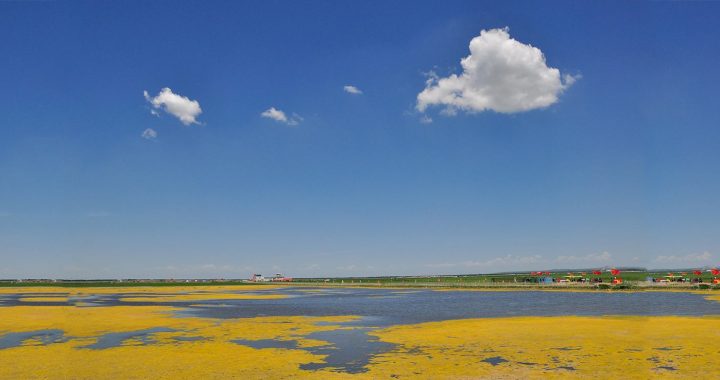 Test premium post
Test premium post  Electric Vehicles Roam the Roads of Kenya
Electric Vehicles Roam the Roads of Kenya  Come Back Stronger: Building Philippines’ Resilient Economy Post-COVID-19
Come Back Stronger: Building Philippines’ Resilient Economy Post-COVID-19  Inside Experian’s Sustainability Journey: An Interview with Chief Sustainability Officer Abigail Lovell
Inside Experian’s Sustainability Journey: An Interview with Chief Sustainability Officer Abigail Lovell 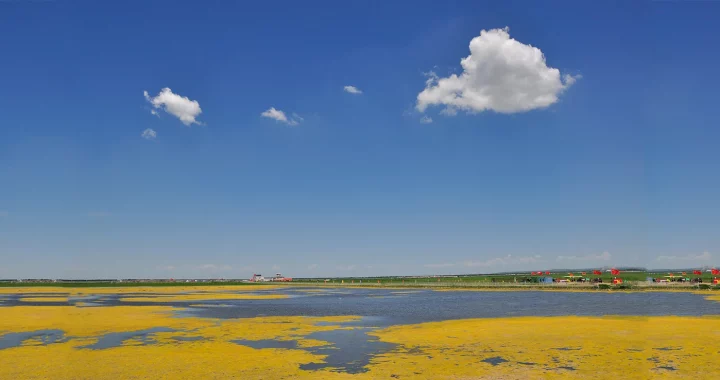 How Protection Law and Global Commitments Can Accelerate China’s Wetland Conservation
How Protection Law and Global Commitments Can Accelerate China’s Wetland Conservation  How Biotechnology Can Support Food Security and Energy Transition
How Biotechnology Can Support Food Security and Energy Transition  Test Custom Feature Image
Test Custom Feature Image